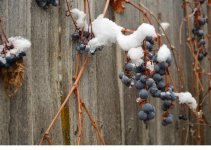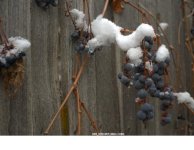Need a bit of help. I took some pictures in jpeg and NEF. The jpeg pictures when opened in Photo Gallery, Picasa, and CS3 are vibrant and correct in color. When I open the same picture from NEF in Picasa (other two won't open this file format) the photo starts out vibrant and then one second later goes darker. This happens on two different computers, one on Vista and the other Win 7. Any ideas?
Attached are a couple of screen grabs to show you what happens from one second to the next.


Any ideas?
Attached are a couple of screen grabs to show you what happens from one second to the next.


Any ideas?
